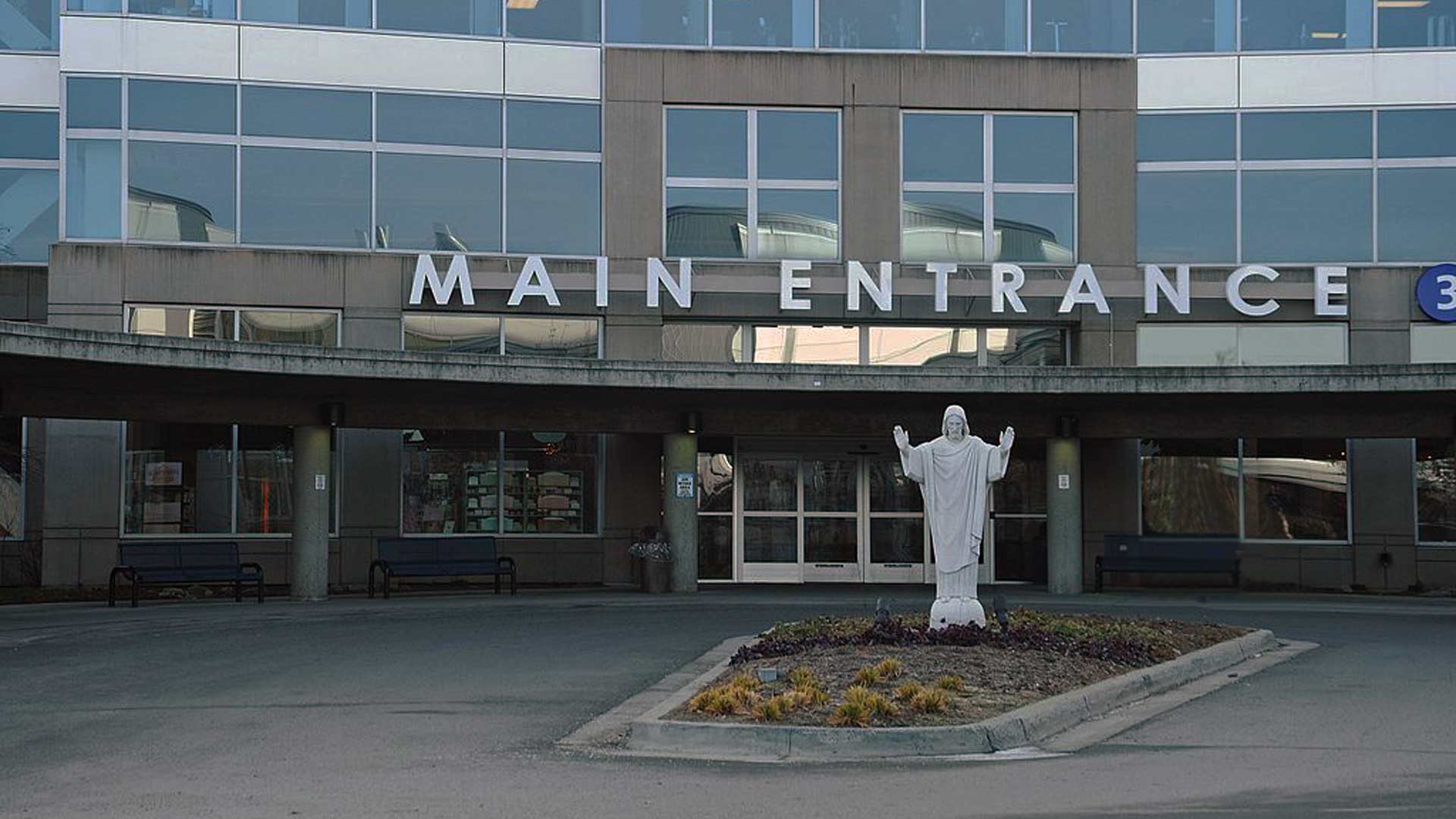
Alaskan parents have a legitimate right to choose the school that best fits their children’s needs, even if that is a private school.
There is an opportunity, which has been hiding from public view. In 2014, educator and then-State Senator Mike Dunleavy sponsored and carried to passage a statute that allows parents of a correspondence study program student to use a child’s education allotment (funded through the state’s Base Student Allocation – or BSA) to pay for classes at private schools or other education venues.
Many parents and children stricken by COVID school restrictions are craving educational options. The guiding principle here is that families have a right to determine where and how their children are educated.
Given our state’s low rankings in student educational outcomes and a steady stream of special interest policies, parents find it increasingly necessary to ensure that their children access an education where the priority is on equipping them to become successful adults. Now, parents have more power to put the educational focus where it belongs.
Alaskan students may sign up for a correspondence study program (one of four types of homeschooling in the state), which allows parents to oversee their children’s education while receiving reimbursement for courses from approved vendors. Thanks to the 2014 law, private schools have been added to the list of allowable vendors for parents to choose from among.
Here’s how the Correspondence School Allotment program works:
— Parent enrolls student in a public-school correspondence (“homeschool”) program.
— Parent is allocated an annual student allotment to pay for education services and products of the families’ choice.
— Parent chooses providers from approved list (including private schools) or can submit others for approval.
— Parent pays for education then requests reimbursement for those approved expenses to be paid from the parent’s annual student allotment.
— The program reimburses parents for classes that meet the existing vetting process of the correspondence program. Schools do not lose control of their curricula or values.
Providing educational opportunity that best fits your child is possible.
In this model, BSA funding goes to parents, who may decide whether to choose a private school from a list of vendors. Some courses, those covering explicitly religious subjects, for example, would not be eligible for reimbursement under current law. Math, science, language arts, social studies, physical education, art, foreign languages and more, however, can be covered.
My two youngest school-age children go to St. Elizabeth Ann Seton (SEAS), a private school in Anchorage. They attend full time and are also enrolled in the Anchorage School District’s Family Partnership Charter School (FPCS). Next year, I will request that FPCS use funds in our correspondence program allotment to reimburse our family up to $4,000 for each of our children.
Although annual tuition at SEAS is $6,000 for each of my children, because SEAS is an approved FPCS vendor, I will only personally have to pay the remaining balance of $2,000 per child, which I can do in monthly installments or all at once.
If 10% of Alaska’s students moved over to the Correspondence School Allotment Program, traditional public schools would need to educate about 13,000 fewer students.
SEAS is the best fit for my two younger children. My middle school child attends full-time public school, while my high school child attends hybrid – both private and public. There are also additional options which might be a better fit for a particular child.
The point is that it’s possible to provide educational opportunities that best fit your child.
Alaska’s approach to educational choice is flexible enough to meet the diverse needs of children living in all corners of our great state. Children drawn to the trades or certificate programs can avoid struggling and being bored in classes geared toward general studies. Instead, parents can build programs suited to the child’s needs and interests. High school students, who wish to also dual enroll in college classes, have that option as well. Families can design a program of classes to help their children get a head-start on college or to graduate from high school with skills that can earn a living wage.
Depending on which program your enrolled in, kids who want to see friends in classes or on the sports field can take the hybrid approach – choosing classes and athletic programs through their local public schools, while also taking private classes elsewhere.
ALASKA WATCHMAN DIRECT TO YOUR INBOX
As a bonus, students enrolled in these programs generate significant savings for taxpayers. Alaska has 127,594 public school students attending school in the 2021–22 school year. According to data from the National Education Association, the state spent $20,553 per student in 2019-2020, yet correspondence homeschool students currently receive only the state BSA, or $5,930 each, depending on the district (the BSA is only part of the cost per student).
If 10% of Alaska’s students moved over to correspondence school programs, traditional public schools would have about 13,000 fewer students to educate. That would save the state tens of millions of dollars annually in variable costs of educating kids in traditional schools. It would also significantly increase dollars-per-student available in those schools. That’s a win for all students, parents and taxpayers.
If you’d like more information on accessing these programs and recommendations for the best options in Alaska, please sign up here.
If you want to help spread the word to parents and advocate for this issue, please help us here.
The views expressed here are those of the author.








2 Comments
Great article. We took advantage of this with the college dual credit/enrollment. We are several years ‘graduated’ from homeschooling but home educated K-12. For high school our kids took classes at Matsu college receiving college credit as well as counting for the equivalent high school class. It is so worth it as the college courses also helped prepare them for college expectations. We also participated in the highschool sports programs. Education needs to get back to being about the students and what is best for them, not what is best for the NEA and political agendas. There is potential huge savings for the general public with home education and a win win for students and families.
I hesitate to rejoice over this news, since I don’t believe it’s healthy for a society when families are dependent upon the state to pay for their children’s education.
I believe we should get back our property taxes that currently fund the public school system, and then each family can decide what to do with its own money.
I’ve seen some good come from charter schools in Christian families, but I’ve also seen negatives, such as parents pulling their kids out of church activities and responsibilities in order to participate in sports, etc., to “use up” their allotment money, because there’s pressure to use the entire amount so that the charter school can ask for that full amount again the following year. Also, parents can lose perspective on how much their children’s activities actually cost and whether or not the price is just, when someone else is paying for them. Lastly, homeschooling families can get caught up in so many extra curricular activities that they lose sight of the importance of spending time together as a family, and their relationships can suffer. There is less of a chance of these things happening when parents have to slow down and consider whether or not THEY can actually afford the extracurriculars.
Furthermore, we know very well that the bad actors in our state and nation who want to corrupt our children are not going to let this seemingly sweet deal stand without finding their way in somehow, whether under our current elected reps or the next batch. When it comes to private schools, it may initially seem like a boon to enjoy a raft of new students enrolled, but when the bad actors get us hooked and then dig in their claws (“you’re taking money from the state, so you must comply with the state’s regulations regarding x, y, and z”), what will happen when the private school must say, “No, we cannot comply, we will no longer accept your funds in order to maintain our independence”? Then, the whole raft of families will hit a wall, realizing that they can’t afford their children’s private educations without state assistance and, “oh my, would it really cost me THAT MUCH to pay for their schooling ourselves?!” Again, we lose sight of the real value of things when someone else is paying for them.
You might argue that it’s really just “our money,” but is it really? Can anyone accurately track the money trail to prove that I’m entitled to approximately $40,000 in state funds because I have 8 kids that I want to put in private school? I certainly can’t!
Perhaps some will see this as an opportunity to be as wise as servants, innocent as doves, but to me it smells like a big, juicy carrot on a stick. I simply don’t believe it’s healthy for a society to have families completely dependent upon state funds to educate their children at home, or in private schools.
I was homeschooled as the 8th of 14 kids growing up in WI, and my parents homeschooled ten of us through highschool on a single income, without state assistance or charter school money. My father was a private business man, not a millionaire, but he and and my mom made sacrifices in order to spend their hard-earned money on the things that were really important to them.
I have been homeschooling my kids for several years without a charter school and have sent one to a private school without state assistance, and I believe my family is stronger for the sacrifices we make for the education we pursue for our children. -And I am not a millionaire.
I honestly can’t think of a fellow homeschooling mom who’s gone through her homeschooling years here in Alaska without the assistance of a charter school, and I know many have navigated them with great success and raised great kids and maintained a strong family. However, I’ve always regarded our (now) growing dependence upon the state for the funds to educate our kids with alarm and concern.